Discover a diverse array of flowers that start with the letter K. Explore the beauty and uniqueness of kalanchoe, kangaroo paw, kerria, king protea, and more. Learn about their characteristics, growing conditions, and care tips to enhance your garden with these stunning blooms.
Kangaroo Paw

- Native to Australia, recognized for its unique, claw-shaped flowers.
- Available in various colors including red, yellow, and orange.
- Ideal for gardens and as cut flowers due to their striking appearance.
Kalanchoe
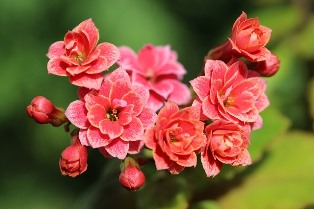
- A succulent plant with thick, fleshy leaves.
- Produces clusters of small, vibrant flowers in colors such as red, pink, yellow, and white.
- Easy to care for, making it a popular houseplant.
Kalimeris
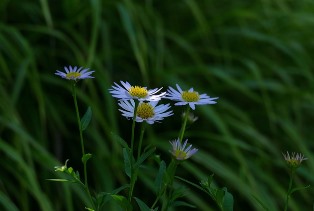
- Also known as the False Aster, it features daisy-like flowers.
- Blooms in shades of white, pink, or lavender.
- Hardy and low-maintenance, suitable for perennial borders.
Knautia
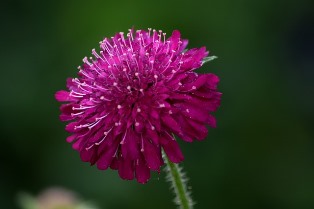
- Known for its pincushion-like flowers.
- Typically blooms in purple, pink, or red.
- Attracts pollinators and is great for cottage gardens.
Kniphofia (Red Hot Poker)
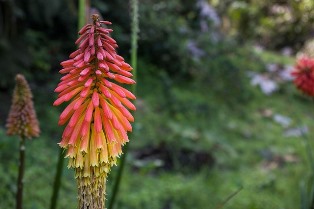
- Tall spikes of tubular flowers, usually in shades of red, orange, or yellow.
- Adds a dramatic focal point to gardens.
- Also known as torch lilies due to their shape and color.
Kolkwitzia (Beauty Bush)
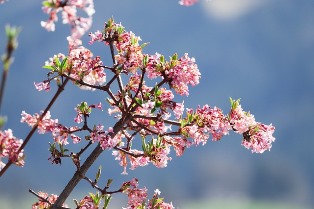
- Deciduous shrub with bell-shaped pink flowers.
- Blooms profusely in late spring.
- Attractive arching branches make it a beautiful garden addition.
Koelreuteria (Golden Rain Tree)

- Ornamental tree with bright yellow flowers in summer.
- Produces lantern-like seed pods.
- Provides good shade and is drought-tolerant.
Kerria (Japanese Rose)
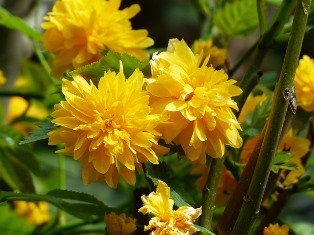
- Features bright yellow, pom-pom-like flowers.
- Blooms in spring and often again in late summer.
- Deciduous shrub with green stems that add winter interest.
Kalanit (Anemone Coronaria)
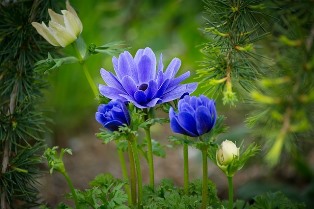
- Also known as the poppy anemone, popular in Mediterranean climates.
- Blooms in a variety of colors including red, blue, white, and pink.
- Often used in floristry for its vivid hues and striking appearance.
Kleome (Spider Flower)

- Annual plant with tall stems and spider-like blooms.
- Flowers in shades of pink, purple, and white.
- Attracts butterflies and hummingbirds.
Kalmia (Mountain Laurel)
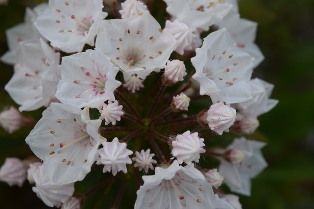
- Evergreen shrub with clusters of pink or white flowers.
- Blooms in late spring to early summer.
- Native to North America, valued for its ornamental beauty.
King Protea

- Known for its large, spectacular flower heads.
- Native to South Africa, often used in exotic floral arrangements.
- Flowers are usually pink with a central white disk.
Kosteletzkya (Seaside Mallow)
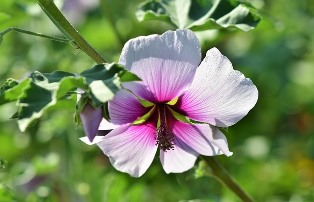
- Herbaceous perennial with hibiscus-like pink flowers.
- Prefers wet, marshy conditions.
- Attracts butterflies and bees.
Kunzea
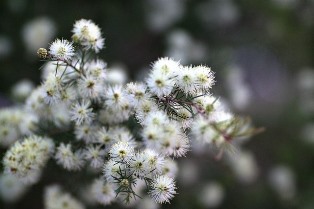
- Shrub native to Australia and New Zealand.
- Produces clusters of small, fluffy flowers in pink, white, or yellow.
- Often used for essential oils due to its fragrant foliage.
Kenilworth Ivy
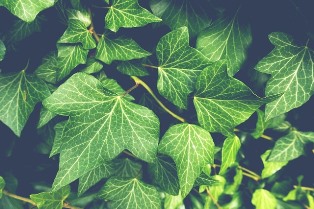
- Trailing plant with small, purple or white flowers.
- Ideal for hanging baskets and ground cover.
- Known for its ability to grow in crevices and walls.
Kochia (Burning Bush)
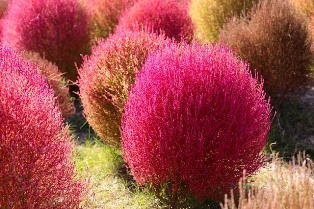
- Annual plant with bright green foliage that turns red in fall.
- Used in gardens for its striking seasonal color change.
- Often used as a decorative plant in landscapes.
Komatsuna (Japanese Mustard Spinach)
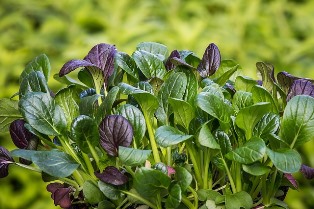
- Leafy green vegetable with a mild, mustard flavor.
- Can be eaten raw in salads or cooked like spinach.
- Fast-growing and cold-tolerant.
Kaempferia (Peacock Ginger)

- Low-growing plant with colorful, patterned leaves.
- Produces small, purple flowers.
- Prefers shady, moist environments, making it a good ground cover for shaded gardens.
Kigelia (Sausage Tree)
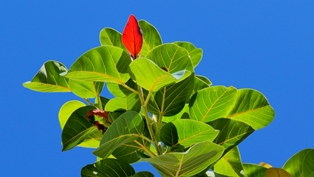
- Tree known for its large, sausage-shaped fruit.
- Bears striking, red or purple trumpet-shaped flowers.
- Native to Africa, often used in traditional medicine.
King Solomon’s Seal

- Perennial plant with arching stems and small, white, bell-shaped flowers.
- Prefers shady areas and woodland gardens.
- Attractive variegated leaves add interest throughout the growing season.
Knawel
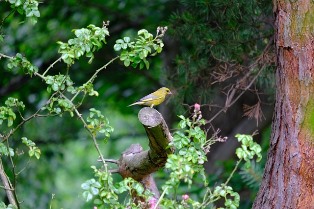
- Low-growing, annual plant with tiny, greenish flowers.
- Typically found in dry, sandy soils.
- Often used in rock gardens and as ground cover.
Kalopanax
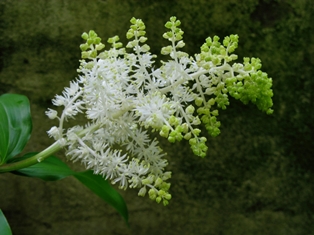
- Also known as the castor aralia, it is a deciduous tree.
- Features large, palmate leaves and spiny stems.
- Produces clusters of small white flowers followed by black berries.
Korean Fir
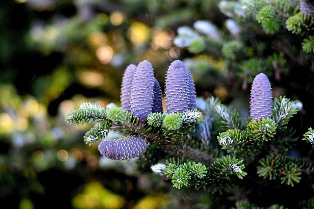
- Conifer tree with distinctive blue or purple cones.
- Slow-growing and compact, making it suitable for small gardens.
- Valued for its ornamental and Christmas tree qualities.
Korean Rhododendron
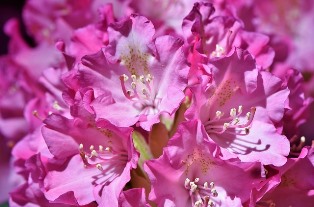
- Deciduous shrub with clusters of pink or purple flowers.
- Blooms in early spring before leaves emerge.
- Hardy and suitable for cold climates.
Kingspear

- Perennial plant with spiky, blue-green leaves.
- Produces tall flower spikes with small, yellow flowers.
- Prefers sunny, well-drained locations.
Klasea

- Genus of flowering plants with thistle-like blooms.
- Typically found in meadows and open woodlands.
- Attracts pollinators and adds texture to wildflower gardens.
Korean Mint (Agastache rugosa)
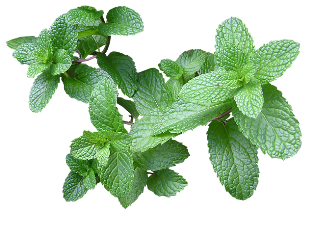
- Herbaceous perennial with anise-scented leaves.
- Produces spikes of purple or blue flowers.
- Attracts bees, butterflies, and hummingbirds.
Kadsura
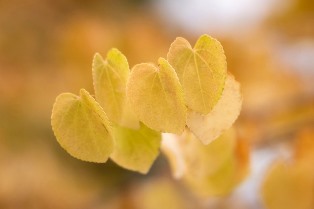
- Climbing shrub with glossy, evergreen leaves.
- Produces small, white or yellow flowers followed by red berries.
- Often grown for ornamental purposes and in traditional medicine.
Kidney Vetch
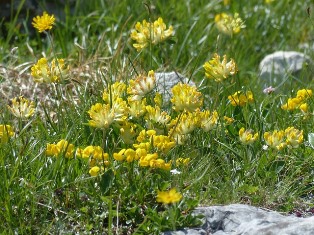
- Perennial herb with clusters of yellow or red flowers.
- Often found in grasslands and meadows.
- Used in traditional medicine for wound healing.
Kiss-Me-Over-The-Garden-Gate
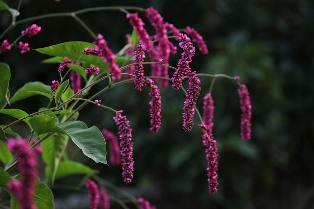
- Annual plant with long, drooping clusters of pink or white flowers.
- Adds vertical interest to gardens.
- Attracts pollinators and beneficial insects.
Kobus Magnolia

- Deciduous tree with fragrant, white, star-shaped flowers.
- Blooms in early spring before leaves appear.
- Popular ornamental tree for its early blooms and elegant form.
Kaner (Oleander)
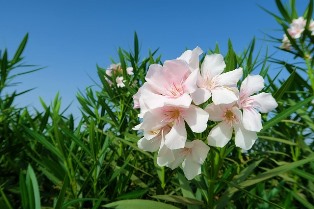
- Evergreen shrub with clusters of showy, fragrant flowers.
- Flowers come in various colors including white, pink, red, and yellow.
- Widely used in landscaping but toxic if ingested.
Kura Clover
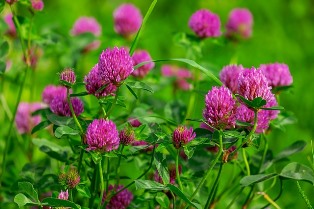
- Perennial legume with trifoliate leaves and purple or white flowers.
- Used as forage for livestock and for soil improvement.
- Tolerant of cold and drought conditions.
Kentia Palm
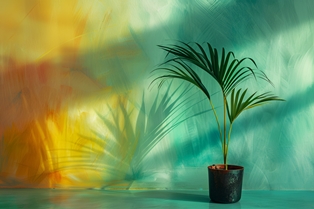
- Elegant, slow-growing palm with arching fronds.
- Popular as an indoor plant due to its tolerance of low light and neglect.
- Adds a tropical touch to interiors and gardens.
Kalimeris Pinnatifida
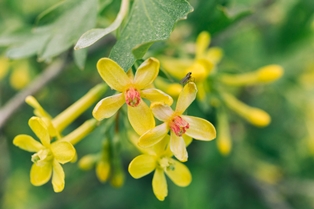
- Herbaceous perennial with daisy-like flowers.
- Blooms in shades of white or pale purple.
- Attracts butterflies and bees, suitable for perennial borders.
Kaffir Lily
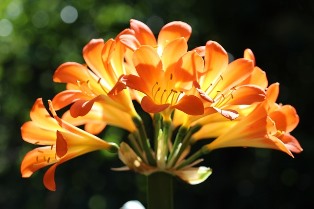
- Also known as Clivia, it has strap-like leaves and clusters of trumpet-shaped flowers.
- Typically blooms in orange or red.
- Popular houseplant for its low maintenance and vibrant blooms.
King Orchid
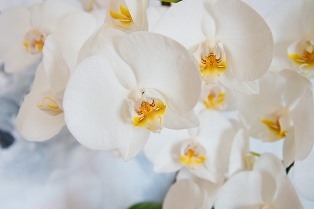
- Epiphytic orchid with long, arching spikes of white or yellow flowers.
- Native to Australia, often grown in hanging baskets or mounted on trees.
- Flowers are fragrant and long-lasting.
Kalmia Latifolia
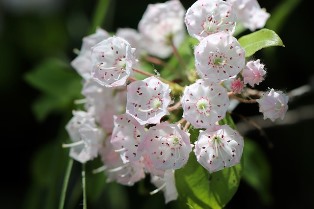
- Also known as mountain laurel, it is an evergreen shrub.
- Features clusters of pink or white, bowl-shaped flowers.
- Grows well in acidic, well-drained soils.
Knautia Arvensis
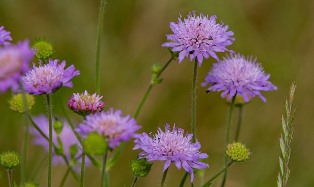
- Also known as field scabious, it is a perennial with lavender-blue flowers.
- Blooms from summer to autumn.
- Attracts bees and butterflies, suitable for wildflower meadows.
Kunth’s Nightshade
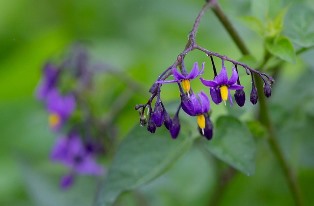
- Perennial herb with small, star-shaped white or purple flowers.
- Found in woodland and shady areas.
- Berries are toxic if ingested.
Knotted Marjoram

- Perennial herb with aromatic leaves and small, pink or white flowers.
- Used in culinary dishes for its oregano-like flavor.
- Attracts bees and butterflies.
Korean Rosebay

- Deciduous shrub with large, pink or purple flowers.
- Blooms in early spring.
- Tolerant of cold climates and adds early color to gardens.
Kyllinga
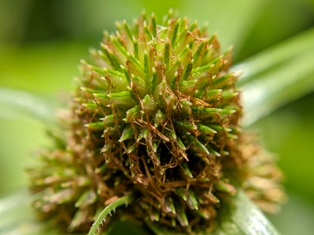
- Perennial grass-like plant with small, white flower heads.
- Often found in wetlands and moist areas.
- Used for ground cover and erosion control.
Kingswood
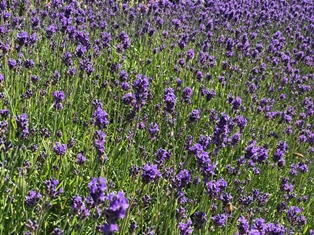
- Hardwood tree with dense, durable wood.
- Used for fine furniture and cabinetry.
- Known for its rich color and grain patterns.
Kinkaju
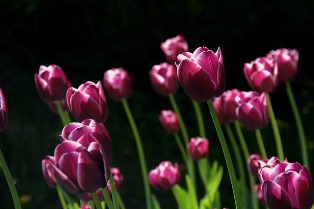
- Flowering plant with bright, tropical blooms.
- Often used in gardens for its striking appearance.
- Attracts pollinators and adds exotic flair.
Kyushu Grass
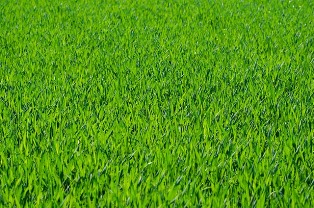
- Hardy, low-growing grass suitable for lawns and ground cover.
- Tolerates heavy foot traffic and drought.
- Often used in Asian-style gardens.
Knautia Macedonia

- Perennial with deep crimson, pincushion-like flowers.
- Blooms from summer to autumn.
- Attracts bees and butterflies, ideal for borders and cottage gardens.
Koelreuteria Paniculata
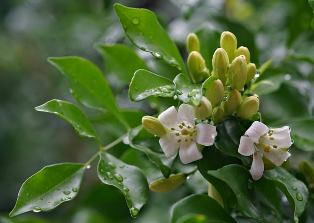
- Also known as the golden rain tree, it features bright yellow flowers in summer.
- Produces lantern-like seed pods that turn orange in fall.
- Ornamental tree providing shade and seasonal interest.
Keckiella

- Genus of flowering shrubs with tubular, often bright-colored flowers.
- Native to western North America.
- Attracts hummingbirds and is drought-tolerant.
Kelsey Blueberry
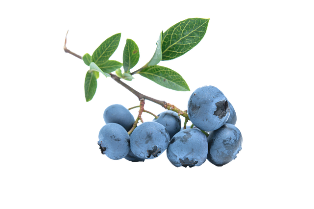
- Variety of blueberry bush with large, sweet berries.
- Produces high yields and is resistant to common diseases.
- Ideal for home gardens and commercial cultivation.
Korean Rock Fern
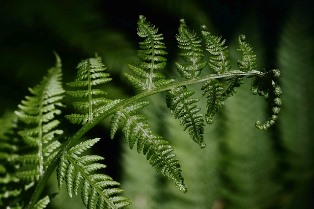
- Evergreen fern with arching, leathery fronds.
- Prefers shaded, moist environments.
- Adds texture and greenery to shaded garden areas.
Komprey
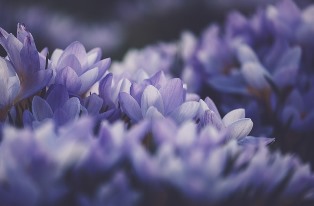
- Herbaceous perennial used in traditional medicine.
- Known for its large, hairy leaves and clusters of purple or pink flowers.
- Often grown for its medicinal properties.
Kunai Grass
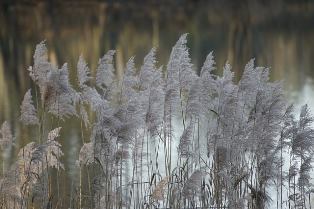
- Perennial grass native to Southeast Asia.
- Used for soil stabilization and as forage.
- Tolerates poor soil conditions and heavy grazing.
Kaempferi Lily
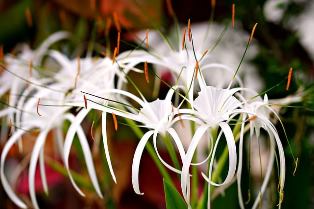
- Lily species with bright, trumpet-shaped flowers.
- Blooms in a variety of colors including red, orange, and pink.
- Prefers well-drained soils and sunny locations.
Kidney Bean Flower
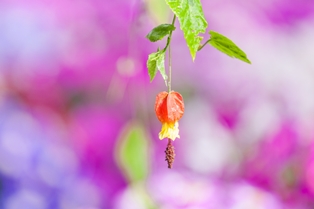
- Blossoms from the kidney bean plant, typically white or purple.
- Attractive to pollinators and beneficial insects.
- Grows well in vegetable gardens and is essential for bean production.
Kingcup
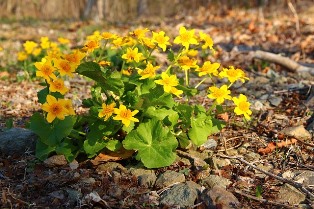
- Also known as marsh marigold, it features bright yellow, buttercup-like flowers.
- Prefers wet, marshy conditions.
- Adds early spring color to water gardens and ponds.
Kiwi Blossom
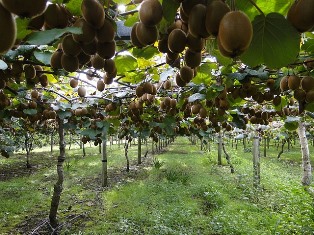
- Flowers of the kiwi vine, typically small and white or yellowish.
- Essential for kiwi fruit production.
- Requires both male and female plants for fruit set.
Kakabeak
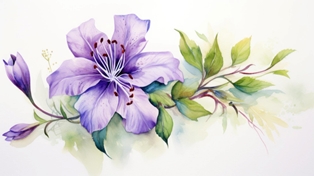
- New Zealand native shrub with bright red, beak-shaped flowers.
- Endangered in the wild but popular in cultivation.
- Requires well-drained soil and full sun.
Knapweed

- Genus of flowering plants with thistle-like blooms.
- Flowers in various colors, including purple, pink, and yellow.
- Attracts pollinators and is often used in wildflower meadows.
Koromiko
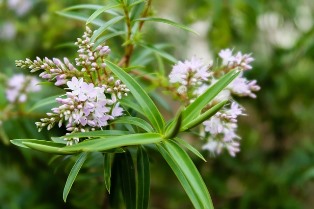
- New Zealand shrub with small, white to pale lilac flowers.
- Used in traditional Maori medicine.
- Prefers well-drained soils and sunny locations.
Kava

- Tropical plant with heart-shaped leaves and small, inconspicuous flowers.
- Root is used to produce a traditional Polynesian beverage with sedative properties.
- Grown for its cultural and medicinal uses.
Korean Perilla
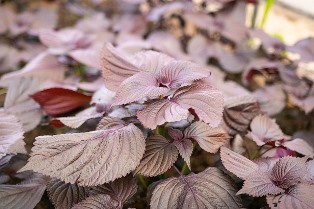
- Herb with broad, serrated leaves and small purple or white flowers.
- Leaves are used in Asian cuisine for their unique flavor.
- Often grown as an annual in temperate climates.
Korean Bellflower
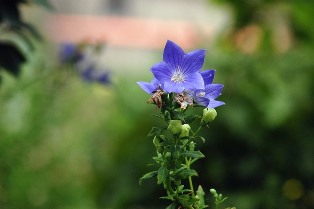
- Herbaceous perennial with bell-shaped, blue or purple flowers.
- Blooms in summer and attracts pollinators.
- Suitable for borders and rock gardens.
Kearney’s Blue Star
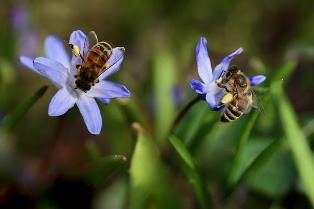
- Rare, deciduous shrub with star-shaped, blue flowers.
- Endemic to a few locations in Arizona, USA.
- Prefers well-drained soils and partial shade.
Kolkwitzia Amabilis
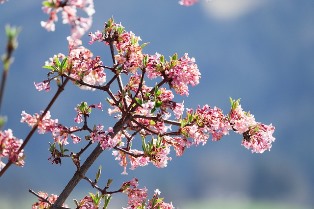
- Also known as the beauty bush, it features bell-shaped, pink flowers.
- Blooms in late spring to early summer.
- Deciduous shrub with arching branches and attractive foliage.
Kiwi Fruit Flower
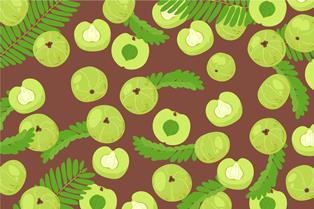
- Flowers of the kiwi vine, typically small and white or yellowish.
- Essential for kiwi fruit production.
- Requires both male and female plants for fruit set.
Kudzu
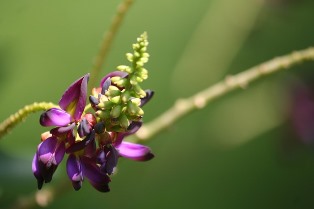
- Fast-growing vine known for its invasive nature.
- Produces fragrant, purple flowers.
- Used for erosion control but can become a problematic weed.
Kashmir Sage
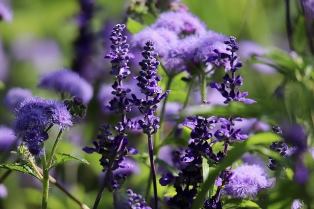
- Perennial herb with aromatic leaves and spikes of purple or blue flowers.
- Prefers well-drained soils and sunny locations.
- Attracts pollinators and is used in culinary and medicinal applications.
King Solomon’s Lily
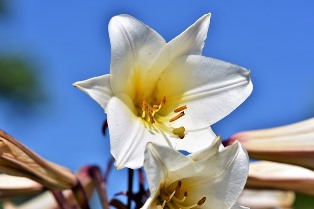
- Also known as Dracunculus vulgaris, it has striking dark purple flowers.
- Emits a strong odor to attract pollinators.
- Grows well in moist, shady areas.
Kokum
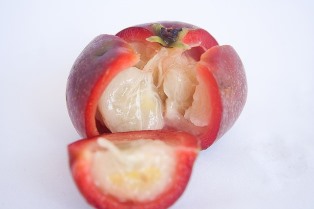
- Tropical evergreen tree with small, red or purple fruits.
- Fruits are used in culinary and medicinal applications.
- Native to India, particularly the Western Ghats.
Kauri Pine
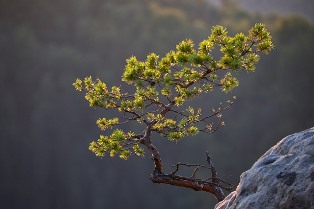
- Large evergreen tree native to New Zealand.
- Known for its valuable timber and long lifespan.
- Grows in well-drained soils and full sun.
Kurrajong
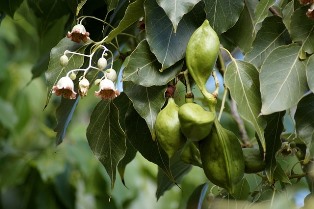
- Deciduous tree with broad, lobed leaves and small, white to yellow flowers.
- Native to Australia, often used for shade and as a windbreak.
- Produces edible seeds and fibrous bark.
Kanonkop Bluebell

- Herbaceous perennial with nodding, blue bell-shaped flowers.
- Prefers shady, moist woodland areas.
- Adds early spring color to gardens.
Knight’s Spur
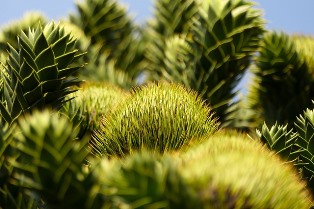
- Also known as Delphinium, it features tall spikes of colorful flowers.
- Flowers come in various shades including blue, purple, and white.
- Prefers well-drained soils and sunny locations.
Kangaroo Apple
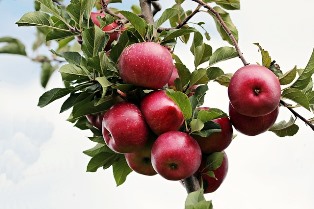
- Shrub with purple or white star-shaped flowers.
- Produces small, orange fruits that are edible when ripe.
- Native to Australia and New Zealand.
Kurume Azalea
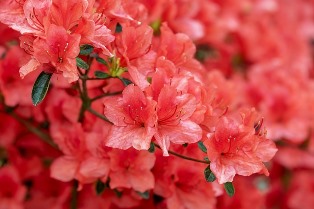
- Evergreen shrub with clusters of small, bright flowers.
- Blooms in shades of red, pink, purple, and white.
- Popular in gardens for their vivid blooms and compact form.
King’s Mantle

- Shrub with large, trumpet-shaped purple flowers.
- Often grown as an ornamental plant in tropical and subtropical regions.
- Attracts butterflies and adds vibrant color to gardens.
Krantz Aloe
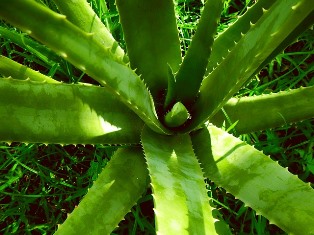
- Succulent plant with rosettes of fleshy, spiny leaves.
- Produces tall spikes of tubular, orange or red flowers.
- Drought-tolerant and used in xeriscaping.
Key Lime
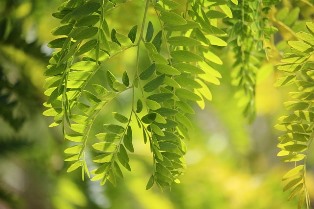
- Small citrus tree with fragrant white flowers and small, green fruit.
- Fruit is valued for its tart flavor and used in culinary dishes.
- Prefers warm, tropical climates.
Korean Boxwood
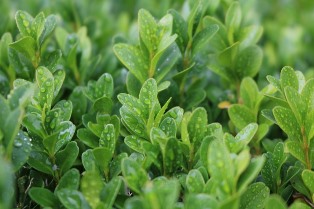
- Evergreen shrub with small, glossy leaves.
- Often used in hedges and topiary.
- Tolerates shearing and is resistant to boxwood blight.
Koa Tree
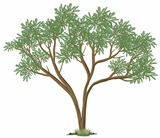
- Large, fast-growing tree native to Hawaii.
- Valued for its beautiful, reddish wood used in fine furniture and instruments.
- Produces small, yellow flowers.
Kiwi Vine
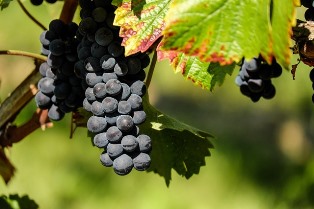
- Woody vine with large, heart-shaped leaves and small, white flowers.
- Requires support structures for growth.
- Produces edible kiwi fruit.
Kwanso Daylily
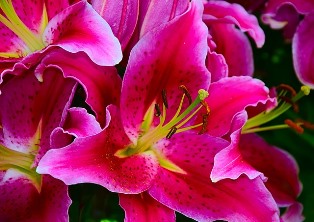
- Perennial with large, double, orange flowers.
- Blooms in summer and tolerates a range of soil conditions.
- Often used in mass plantings and as a ground cover.
Kidneywood
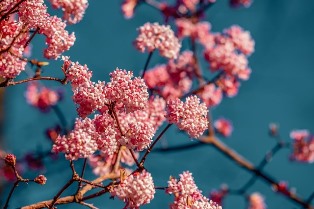
- Deciduous shrub with small, white, fragrant flowers.
- Attracts bees and butterflies.
- Used in traditional medicine and for ornamental purposes.
Kingswood Gold
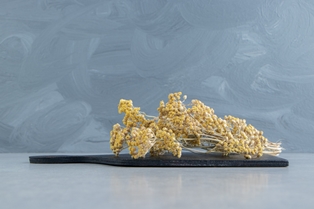
- Variety of shrub with golden foliage.
- Used in landscaping for its bright color and contrast.
- Prefers well-drained soils and full sun.
Kolomikta
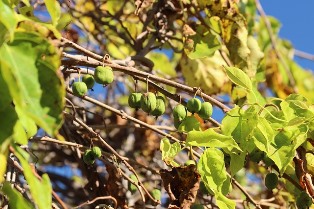
- Climbing plant with variegated leaves and small, white flowers.
- Grown for its attractive foliage.
- Requires support structures and prefers partial shade.
Knotweed
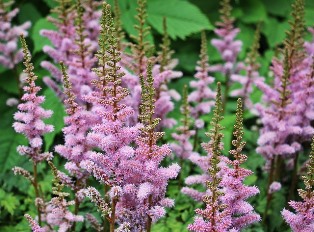
- Genus of plants with small, clustered flowers.
- Often considered invasive but some species are used in traditional medicine.
- Prefers disturbed soils and can grow aggressively.
Kukui Nut Tree
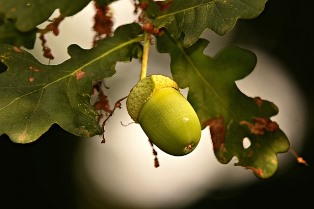
- Large tree with broad leaves and small, white flowers.
- Produces nuts used for oil and in traditional Hawaiian cuisine.
- Known as the state tree of Hawaii.
Kalm’s Lobelia
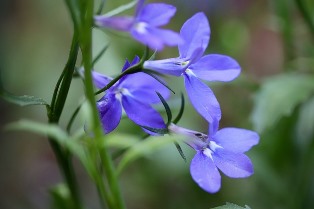
- Herbaceous perennial with blue, tubular flowers.
- Blooms in late summer and attracts pollinators.
- Prefers moist, well-drained soils and partial shade.

